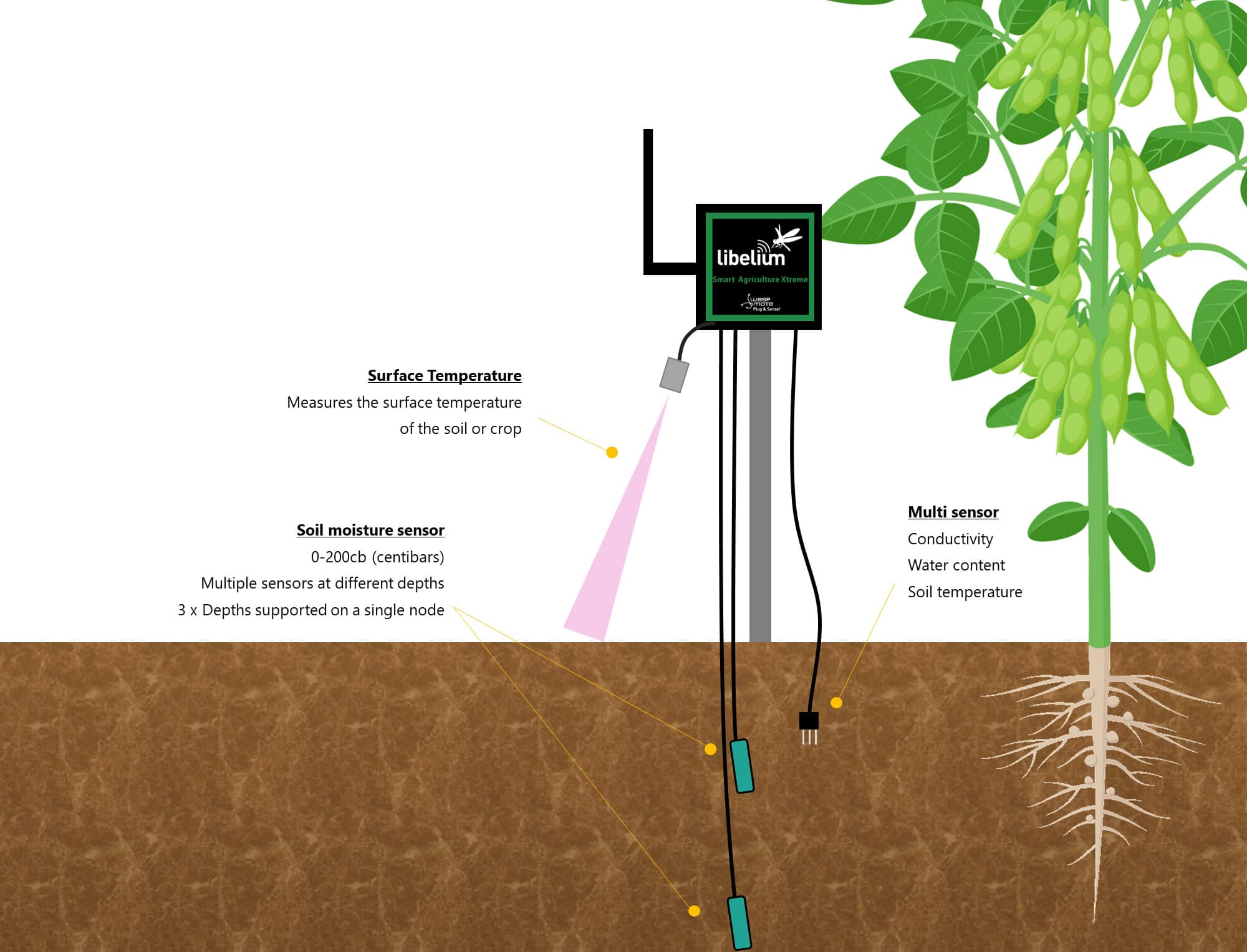
Best way to measure soil moisture with IoT
Soil moisture is a critical factor in determining the health of plants and the success of crops. Monitoring soil moisture levels can help farmers optimize their irrigation practices, prevent overwatering, and conserve water resources. With the rise of Internet of Things (IoT) technology, measuring soil moisture has become easier and more efficient than ever before.
There are several methods available for measuring soil moisture with IoT, each with its own advantages and disadvantages. In this article, we will explore some of the best ways to measure soil moisture using IoT technology.
Sensors
One of the most common methods of measuring soil moisture with IoT is using sensors. Soil moisture sensors can be placed directly into the soil to measure the moisture content at various depths. These sensors can provide real-time data on soil moisture levels, allowing farmers to make informed decisions about when and how much to water their crops.
There are several types of soil moisture sensors available, including capacitance sensors, tensiometers, and resistance sensors. Capacitance sensors are typically the most common choice for measuring soil moisture with IoT due to their accuracy and durability.
When choosing a soil moisture sensor for IoT, it is important to consider factors such as the sensor’s accuracy, range, and durability. Additionally, some sensors may require calibration or regular maintenance to ensure accurate readings.
Wireless Networks
Another key component of measuring soil moisture with IoT is using wireless networks to transmit data from sensors to a central database or cloud platform. By leveraging wireless technology, farmers can access real-time data on soil moisture levels from anywhere, allowing them to make quick decisions about irrigation and soil management.
There are several types of wireless networks that can be used for transmitting soil moisture data, including WiFi, LoRa, and cellular networks. Each type of network has its own advantages and disadvantages, so it is important to choose the right network based on factors such as range, data requirements, and cost.
Using wireless networks to transmit soil moisture data with IoT can revolutionize the way farmers manage their fields. By enabling real-time monitoring and analysis of soil moisture levels, wireless networks can help farmers optimize their irrigation practices and improve crop yields.
Data Analytics
One of the key benefits of measuring soil moisture with IoT is the ability to analyze data and gain insights into soil health and crop productivity. By collecting and analyzing soil moisture data over time, farmers can identify trends, correlations, and patterns that can help them make more informed decisions about irrigation and soil management.
Data analytics tools can be used to visualize soil moisture data, calculate key metrics such as evapotranspiration rates, and predict future soil moisture levels. By leveraging data analytics, farmers can optimize their irrigation practices, conserve water resources, and improve overall crop productivity.
Conclusion
Measuring soil moisture with IoT offers farmers a powerful tool for optimizing irrigation practices, conserving water resources, and improving crop yields. By using sensors, wireless networks, and data analytics, farmers can access real-time data on soil moisture levels and make informed decisions about when and how much to water their crops.
For farmers looking to maximize their productivity and conserve water, measuring soil moisture with IoT is a must-have technology. By investing in IoT solutions for soil moisture monitoring, farmers can achieve better results and ensure the long-term health and success of their crops.
Was this helpful?
0 / 0